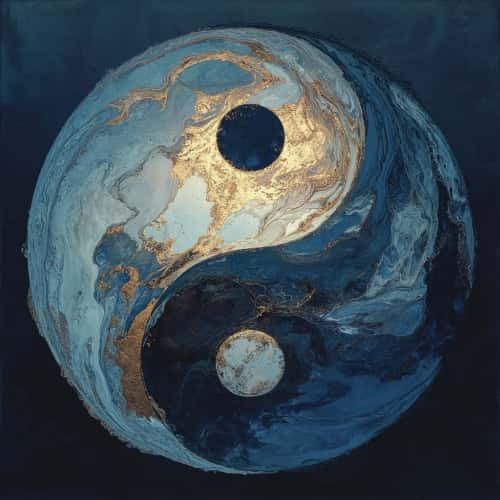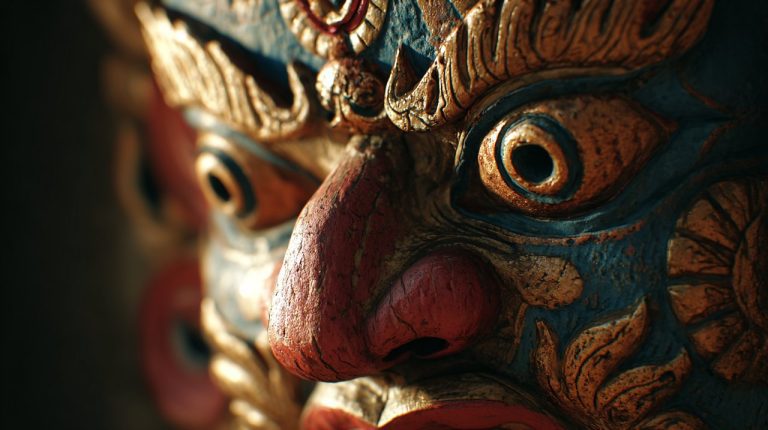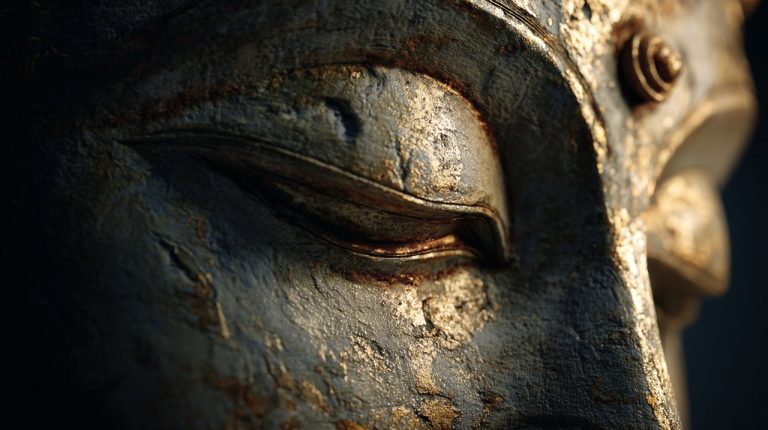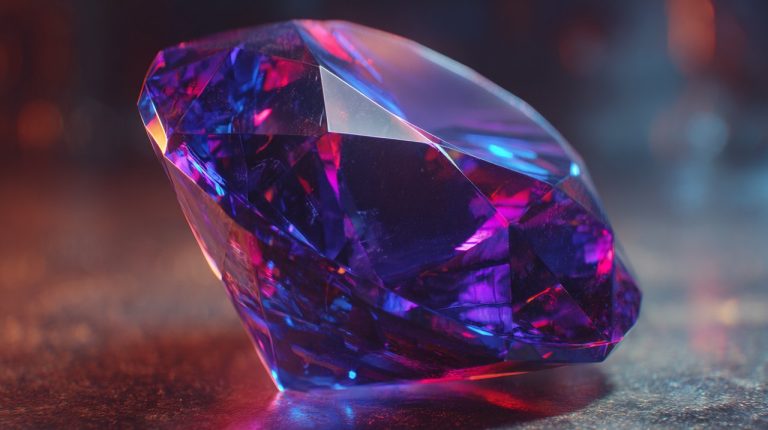Garnet’s True Value: A Comprehensive Guide to Market Worth and Cultural Significance
Garnet’s True Value: Beyond the Price Tag
When we look at gemstones, we often encounter a fascinating puzzle: how can a single name like “garnet” cover such a wide range of values, from everyday pieces to truly rare treasures? It’s not just about what a garnet is, but why some command higher prices and why this diverse mineral group has captivated cultures for thousands of years.
To really understand its worth, we need to look beyond just market factors and consider the powerful role of human psychology and cultural beliefs.
Garnet is a family of silicate minerals, much more diverse than the deep red stone we often picture. It comes in a stunning array of colors, each with unique traits that influence its standing in the market. But its value goes beyond geology or beauty; it’s woven into its history and the meanings we’ve given it. This mix of objective qualities and human perception is what truly defines its worth.
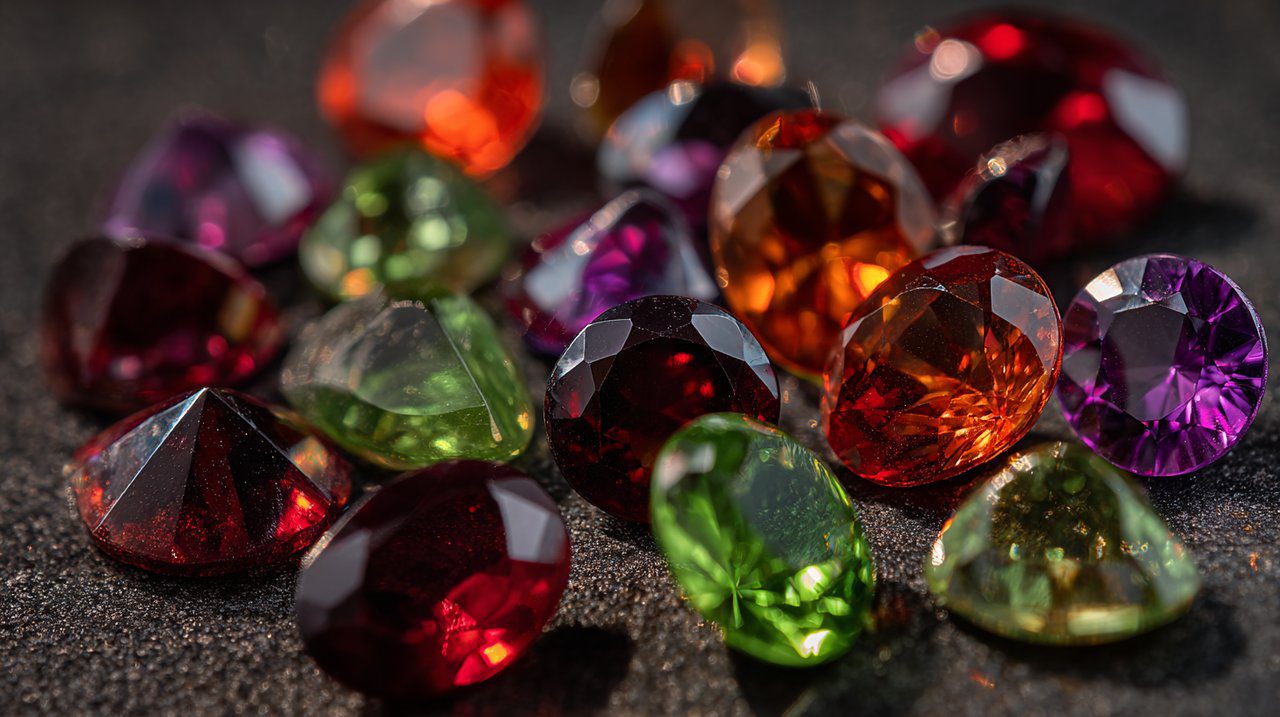
The Tangible Value: What Drives Garnet’s Price?
When we assess a garnet’s market value, it’s a logical process, much like evaluating any other precious item. Understanding these objective factors gives us a clear picture of its price.
The 4 Cs: Color, Clarity, Cut, and Carat Weight
The “4 Cs” are the universal standards we use to evaluate any gemstone. Let’s break down how each one applies to garnet:
- Color: This is often the biggest factor in a garnet’s price. While classic deep red almandine and pyrope are valued, rarer colors like vibrant green tsavorite or bright orange spessartine can be significantly more expensive. The richer and more vivid the color, the more desirable it generally is.
- Clarity: Many red garnets, like almandine, pyrope, and rhodolite, are typically “eye-clean,” meaning you won’t see inclusions without magnification. However, some orange garnets, such as spessartine, often have visible inclusions. Fewer inclusions usually mean higher clarity and, consequently, a higher value.
- Cut: A well-executed cut brings out a garnet’s brilliance and color. While many garnets are cut into standard shapes, rare and valuable types like tsavorite and demantoid are often cut to preserve as much carat weight as possible, leading to unique forms.
- Carat Weight: Generally, larger garnets are more valuable than smaller ones of similar quality, simply because they’re rarer. The price per carat often increases dramatically as the stone gets bigger. For example, a 1-carat garnet with inclusions might be around $500, but a cleaner, larger stone with excellent color could easily range from $2,000 to $7,000 per carat.
Variety and Rarity: Garnet’s Diverse Family
The garnet family is incredibly diverse, with many species, each having its own chemical makeup and resulting colors. This variety greatly influences their market value.
- Common Varieties: Almandine and pyrope are widely recognized for their deep red to reddish-brown shades and are among the more common types. You might find their prices ranging from $5 to $50 USD per carat.
- Rarer Varieties: Tsavorite, a vibrant green grossular garnet, and demantoid, a brilliant green andradite garnet, are some of the most valuable and rare. Tsavorite can sell for $400 to $4,200 per carat, while demantoid might range from $200 to $18,000 per carat, depending on its quality. Other highly prized types include orange spessartine and fascinating color-change garnets.
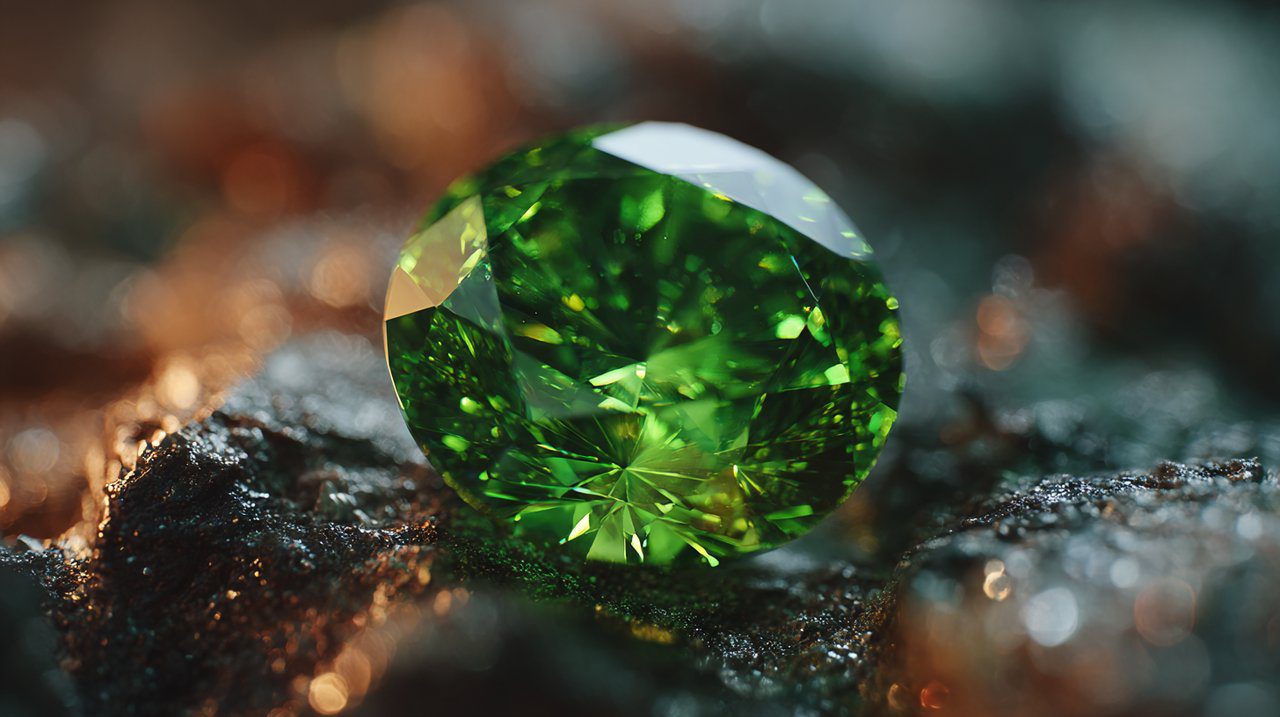
Origin and Treatments: How They Affect Value
Where a garnet comes from can also play a role in its price. Stones from well-known sources often command higher values. For instance, certain African regions are famous for producing high-quality tsavorite and color-change garnets.
It’s also worth noting that untreated garnets are generally more valuable than those that have undergone enhancements.
Garnet’s Deeper Meaning: A Stone of Vitality and Protection
Beyond its market price, garnet carries a rich history of cultural and energetic meanings, deeply rooted in human history and psychology. These perceptions contribute to its perceived “worth” in ways that transcend monetary value.
Symbolism of Passion and Drive
Historically, the garnet’s fiery look has naturally connected it to passion, love, and vitality. Ancient Egyptians saw its rich red as lifeblood, using it in royal jewelry and burial items for protection and rebirth.
Romans viewed it as a symbol of strength, linking it to Mars, the god of war. This strong association with life force and inner drive makes it a powerful choice for anyone looking to ignite their own passions and achieve their goals.
Protection and Grounding: A Psychological Anchor
Across many cultures, garnet has been seen as a protective stone. Medieval Europeans believed it could ward off evil spirits and even protect against poisons. Today, it’s still cherished for its ability to keep wearers safe and help them feel grounded.
From a modern, rational viewpoint, this “protection” can be understood as a powerful psychological anchoring effect. Having a meaningful object like a garnet consistently present can foster a sense of security and stability, building mental resilience when facing challenges. It’s much like the perceived protective qualities of a red string bracelet meaning, which serves as a constant, positive reminder of intentions and support in various cultures.
Garnet Through History and Culture
Garnet has made its mark across many different civilizations:
- Ancient Egypt: Egyptians used garnets in amulets for protection in the afterlife, with notable examples found in Tutankhamun’s tomb. They were symbols of royalty and power.
- Roman Empire: Romans carved garnets into seals for important documents and incorporated them into their jewelry.
- Medieval Europe: During this era, garnets were thought to alleviate depression and guard against bad dreams.
- Chinese Astrology: For those born in the Year of the Rat, garnet is considered a lucky gemstone, symbolizing strength, confidence, and protection. This echoes the broader cultural significance of protective stones, similar to the jade bracelet chinese meaning, which represents good fortune, protection, and health. Likewise, the red agate stone meaning often focuses on strength, protection, and stability, linking to the earth and promoting emotional balance.
These deep historical and cultural ties give garnets a meaning that goes far beyond their physical makeup. They connect us to ancient traditions and shared human experiences.
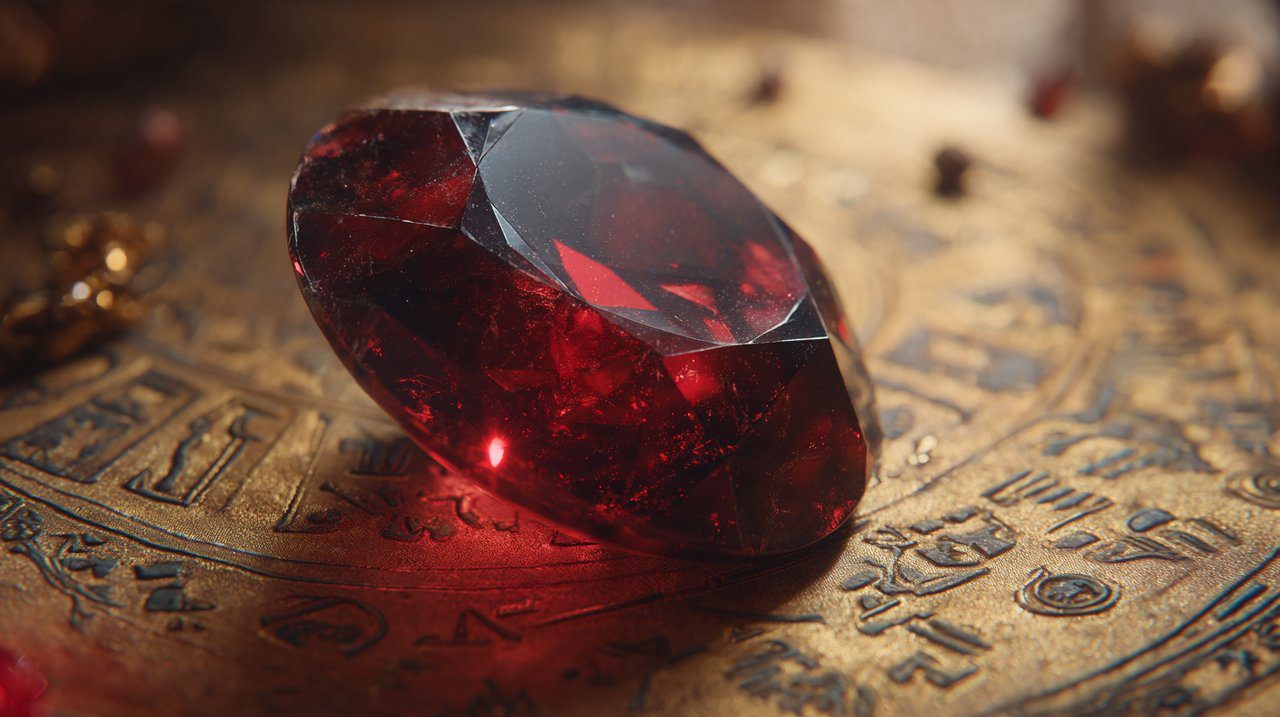
Choosing and Caring for Your Garnet: A Practical Guide
For those drawn to garnet’s beauty and symbolism, understanding practical aspects of buying and care is essential to ensure its lasting value.
Identifying Quality and Ensuring Authenticity
When you’re buying a garnet, always focus on the 4 Cs: color saturation, clarity, precise cut, and appropriate carat weight. While the GIA doesn’t grade garnets like diamonds, some brands use their own grading systems.
Remember that red garnets are usually eye-clean, but orange varieties might have visible inclusions. For rare types like tsavorite or demantoid, it’s a good idea to seek independent gemological certification for peace of mind about authenticity and quality.
Caring for Your Garnet to Last
Garnets are quite durable, rating 6.5 to 7.5 on the Mohs scale, which makes them suitable for daily wear. However, like all gemstones, they need proper care to keep their sparkle.
- Cleaning: Use warm, soapy water and a soft brush. Avoid harsh chemicals or ultrasonic cleaners, especially for garnets with inclusions.
- Storage: Tienda your garnet jewelry separately to prevent scratches from harder gemstones.
- Protection: Even though they’re durable, garnets can still chip or break if they receive sharp blows.
By following these simple tips, your garnet can maintain its beauty and meaningful presence for many years.
The Enduring Appeal: Why Garnet’s Value Goes Beyond Trends
Garnet’s lasting appeal comes from its unique ability to connect objective market value with deep human meaning. While some stones, like obsidian, might have a relatively low obsidian price per carat (often $0.025 to $15 depending on type and quality), high-quality garnets, especially rare varieties, can be far more valuable.
This shows us that a gemstone’s perceived worth isn’t just about its rarity; it’s a dynamic mix of objective factors and subjective cultural importance.
So, the true “worth” of a garnet can’t be measured by its price alone. It’s found in its vibrant colors, the geological stories within its crystals, and the echoes of ancient beliefs it carries. Choosing a garnet means recognizing this multi-layered value – a decision that combines appreciating its beauty, making a rational investment, and feeling a personal connection to a stone that has symbolized vitality and protection for centuries.
It reminds us that some of life’s most significant values are those we choose to acknowledge and connect with, whether in a sparkling gem or within ourselves.
💡 Preguntas Frecuentes
The market value of a garnet is primarily determined by the '4 Cs': Color (rarer and more vivid colors like green tsavorite or orange spessartine are more valuable than common red varieties), Clarity (fewer visible inclusions increase value), Cut (a precise cut enhances brilliance and color), and Carat Weight (larger stones are generally more valuable). The specific variety and rarity of the garnet also play a significant role, with some rare types commanding much higher prices per carat than common ones. Finally, whether the garnet is treated or untreated can affect its value, with untreated stones being more desirable.
While deep red garnets (like almandine and pyrope) are common and generally more affordable, rarer colors such as vibrant green tsavorite (a grossular garnet) and bright orange spessartine (a spessartine garnet) are considerably more valuable due to their scarcity. The richness and vividness of these less common hues make them highly desirable in the gemstone market.
Historically, garnets have been associated with passion, vitality, and protection across many cultures. Ancient Egyptians linked their deep red color to lifeblood and used them for protection in the afterlife. Romans viewed them as symbols of strength. In medieval Europe, they were believed to ward off evil spirits and bad dreams. This symbolism of inner drive, life force, and safety contributes to their perceived 'worth' beyond monetary value.
When buying a garnet, focus on the '4 Cs' – color saturation, clarity, cut, and carat weight. While there isn't a universal grading system like for diamonds, look for stones with good color and clarity for their type. For rare varieties like tsavorite or demantoid, seeking independent gemological certification is advisable to verify authenticity and quality. Remember that some orange garnets may naturally have visible inclusions.
Garnets are relatively durable (6.5-7.5 on the Mohs scale) and suitable for daily wear, but still require care. Clean them with warm, soapy water and a soft brush, avoiding harsh chemicals or ultrasonic cleaners, especially for stones with inclusions. Store garnet jewelry separately to prevent scratches from harder gemstones. While durable, protect them from sharp blows that could cause chips or breaks.

